PRODUCTS
Rice is classified into 2 major categories ie Basmati Rice and Non Basmati Rice. It is processed in variety of forms, while it is not edible in its rough form. Before consumption it has to be processed and milled to get the desired form. All types of paddy seeds can be processed as Raw White Rice, Steam Rice or Parboiled Rice.
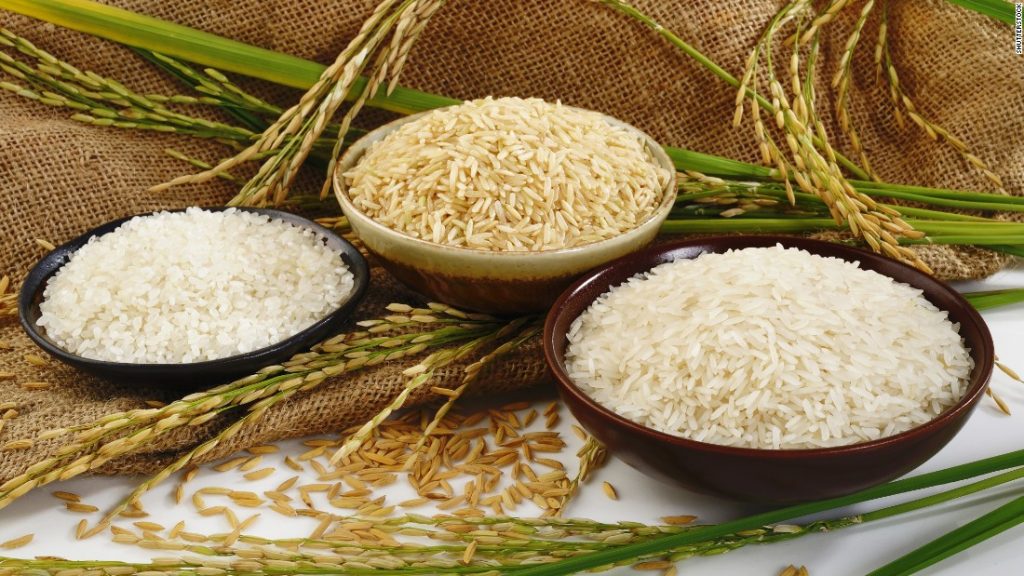
The difference between the two processes is
- Raw Rice needs to be aged by resting it after milling for nine months to 12 months before best cooking results can be achieved. The rice shall cook best at a moisture level of 11 to 12%
- Steam Rice is ready for best results in three to four months as it is milled at a moisture level of 12.5%
The parboiled rice colour can be Golden yellow popularly known as Golden Sella with a Kett level of 26 to 28.
Processing of Rice
Any type of paddy seed can be processed to rice. The process from paddy to rice is by following three methods:
- Raw Rice: Commonly known as white rice. The paddy is dried by treating it to dry heat. During the process moisture level is maintain at 14.5%. In the rice milling plant the paddy is milled by dehusking and polishing (for removal of bran) to get the final white rice. Raw rice whiteness is around Kett 36 to 40
- Steam Rice:It is also white rice however the whiteness level is low and it tends towards cream colour. For steamed rice the paddy is dried using steam from the boilers and during the process the moisture level is maintained 12.5% and then milled by dehusking and polishing (removal of bran). The final processed steam rice whiteness is achieved to a Kett level of 32 to 35.
- Parboiled Rice or Sella Rice: The paddy can be processed by soaking the rice in water for ten hours and then the water is drained out. The paddy is then roasted and dried to a moisture level of 13/14%. The dried paddy is milled by dehusking and polishing (removal of bran). The parboiled rice is good for best result and consumption with 45/60 day of milling. The parboiled rice colour can be cream white with a Kett level of 28 to 31.
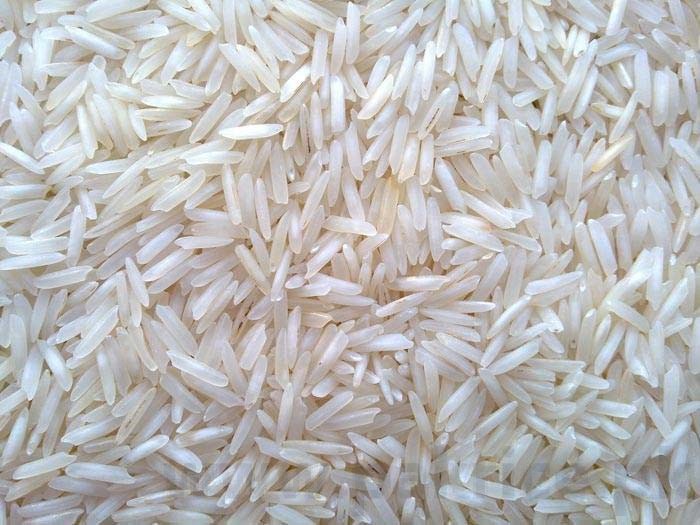
Pusa Basmati 1121 (PB 1121), is a landmark Basmati rice variety. It possesses extra-long slender milled grains (8.35 mm), pleasant aroma, appealing taste, good mouth feel, non-sticky and easy digestibility. Owing to its exceptional quality characteristics, it is in high demand in residential and commercial kitchens
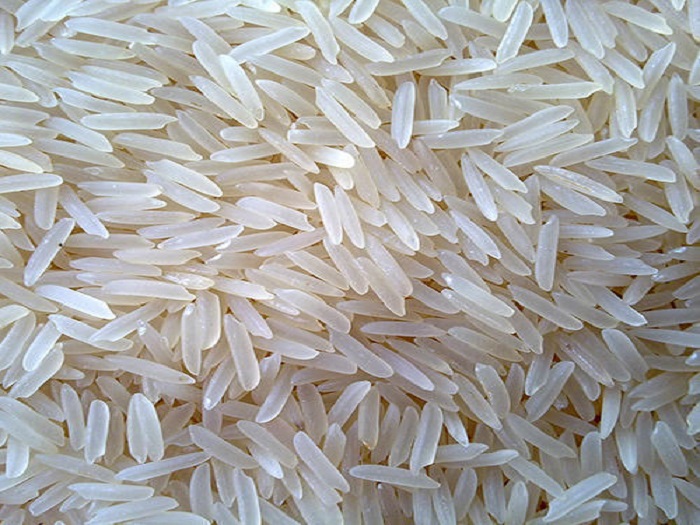
1509 Basmati Rice, is a newer variety of rice developed as during cultivation it takes both less time & water and gives higher yield as compared to other basmati rice varieties and gives. It has average length of 8.40 mm. Upon cooking, the grains exhibit great elongation, excellent fluffiness, are non-sticky and have a pleasant aroma.
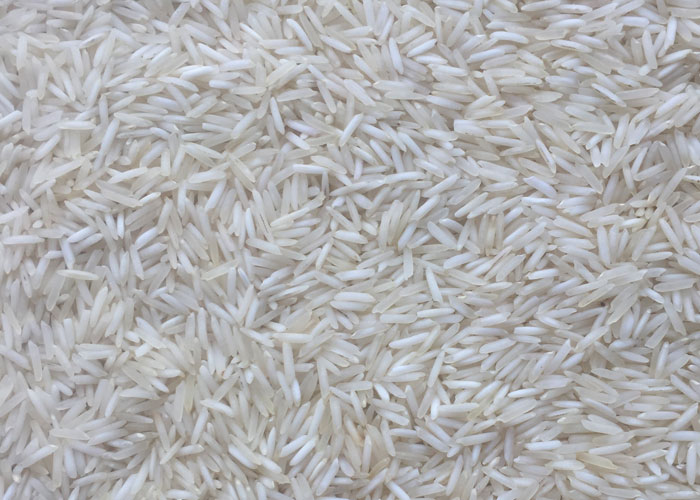
1401 Steam Basmati Rice, is one of the maximum enriched as well as fiber comforted rice grain that is demanded for it’s the high nutritional value. It has average length of 7.80 mm. It is counted in the healthy dietary items which is assigned to supply all the nutritional requirements of your body.

1401 Sella Basmati Rice, is produced when raw rice is steamed and dried for milling. The main characteristic of this rice is, it becomes fluffy and doubles its original size when cooked. 1401 Sella basmati rice is the most commonly used in different types of cuisines such as lemon rice, fried rice, Vegeable Biryani.
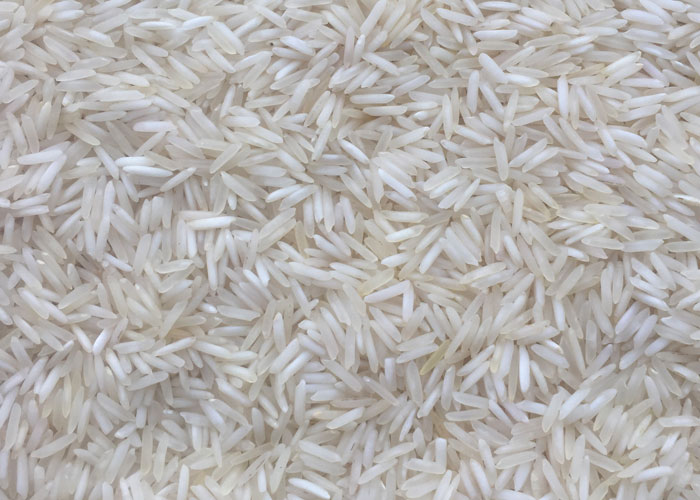
Sugandha Rice, is a low cost long grain rice grown in Punjab, Haryana and Uttar Pradesh states of India. This variety extends up to twice its length when cooked properly. The average grain length is 7.80 mm.

Sharbati Rice is grown in Haryana and Uttar Pradesh states of India. This variety has sweet taste and has an average grain length of 7 mm.
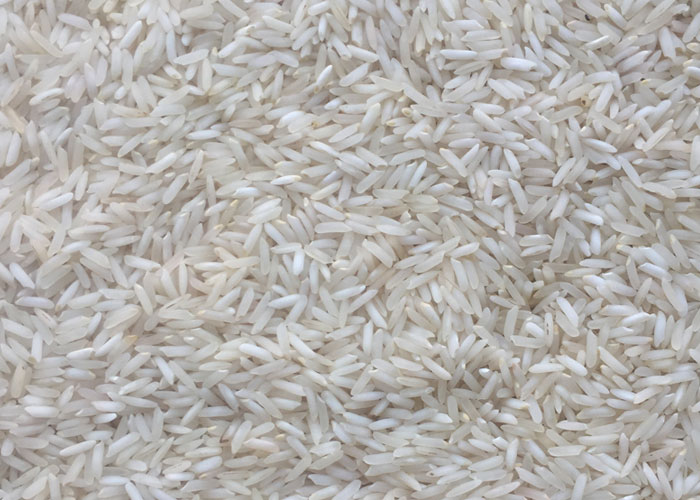
PR111 Non Basmati Rice is mostly grown in plains of Himachal Pradesh, Haryana and Punjab. Within Non-Basmati varieties it has a long grain and known for its quality of fast cooking. The rice is non-sticky, has uniform grain size with average grain length of 6.80 mm – 6.95 mm and is rich in carbohydrates.
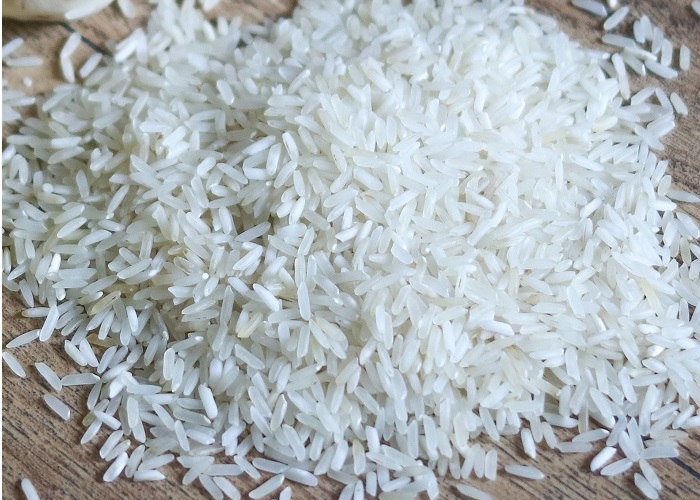
PR 114 or Parmal Rice 14 Non Basmati Rice is grown in the Punjab, Haryana and Uttar Pradesh region of India. It is a non-sticky rice, known for its freshness in taste. It has an average grain length of 6.7 mm – 6.9 mm. The elongation ratio of the grain is 1.5 times if cooked well.
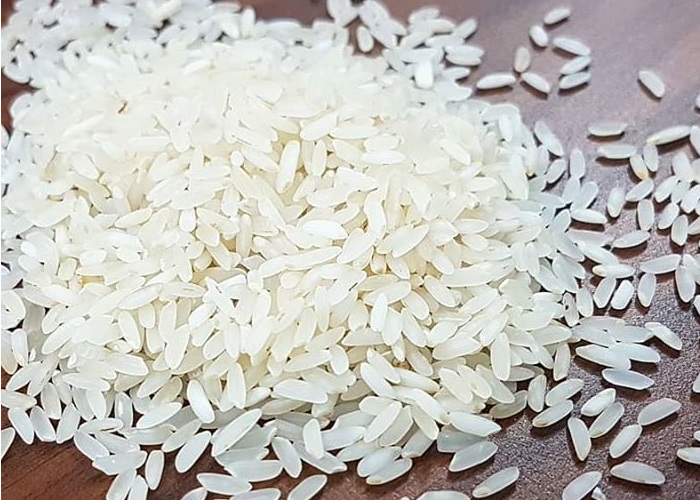
Sona Masoori Rice
Rice Specification Sheet
[table id=1 /]
- The varieties indicated are popularly grown in North India and respective origin is mentioned alongside
- The above mentioned varieties are also most popular for export
Kindly Note
- Average length is completely natural
- Broken percentage is controllable with machines
- Moisture is 15/16% when harvested and is controlled to 14% at the time of milling/ polishing and further reduces in the process of ageing to 11-12% for right cooking
- All the varieties have chalky grain. Those grains which do not ripe are called ‘Chalky Grains’
- Damaged and discolored grains get developed during storage and processing of paddy. These grains are extracted out by Sortexing Process
- Admixture is of other varieties of rice which happens at the time of seed selection/ sowing/ pollination/ harvesting/ storage and processing
